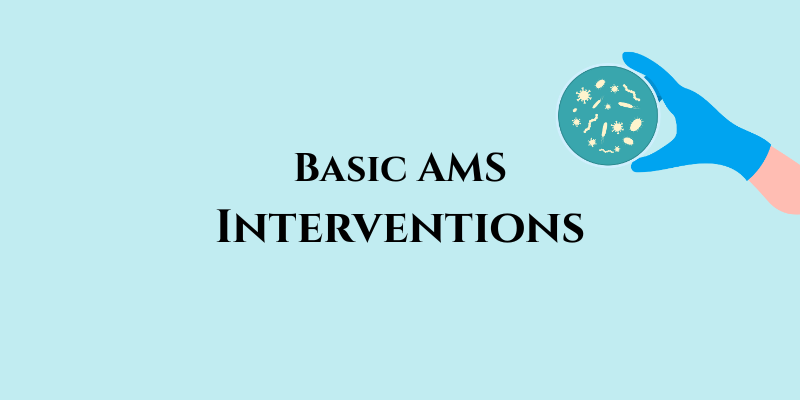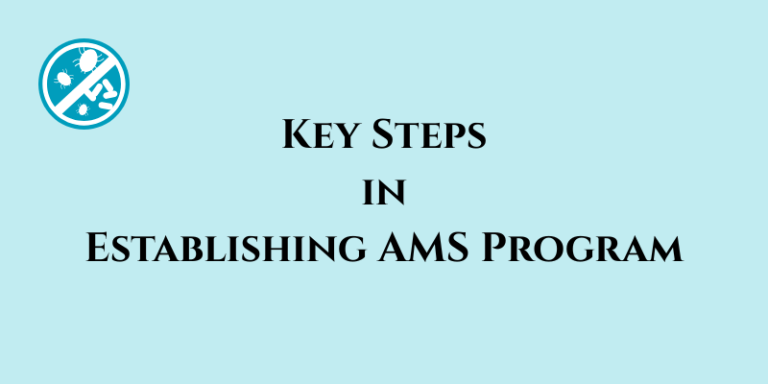Basic AMS Interventions
AMS interventions can be performed in all types of healthcare facilities. The interventions should align with local needs and address areas where observations or data suggest the need for improvement, and/or where the outcomes of the implemented interventions are measurable.
In facilities where many core elements are not yet in place, the simple interventions shown in below may be a place to start to improve antibiotic prescribing. These interventions can be implemented one at a time or in a bundle.
- Educate prescribers and health personnel involved in antibiotic use.
- Develop and update a standardized medical record and medical chart to ensure that information on patients’ medicines is all in one place.
- Review whether patients who receive antibiotic treatment have written indications.
- Review antibiotic treatment for patients prescribed three or more broad-spectrum antibiotics.
- Review the dose of antibiotics prescribed.
- Review surgical antibiotic prophylaxis where it is prescribed for >24 hours and where a single dose is appropriate.
- Develop local guidelines for surgical prophylaxis and treatment of common clinical conditions such as community acquired pneumonia, UTIs, skin and soft tissue infection (SSTIs), as well as common health-care-associated infections such as pneumonia, UTIs and catheter-related infections.
- Work to ensure leadership and identify expertise in infection management.
- Improve the supply and management of medicines, including essential antibiotics, e.g. by establishing a drug and therapeutics committee.
- Work to establish basic microbiology laboratory facilities.
- Work to establish regular surveillance activities (e.g. AMR, AMC, health-care-associated infections).
Read also: Dispensing Medication and Counseling


